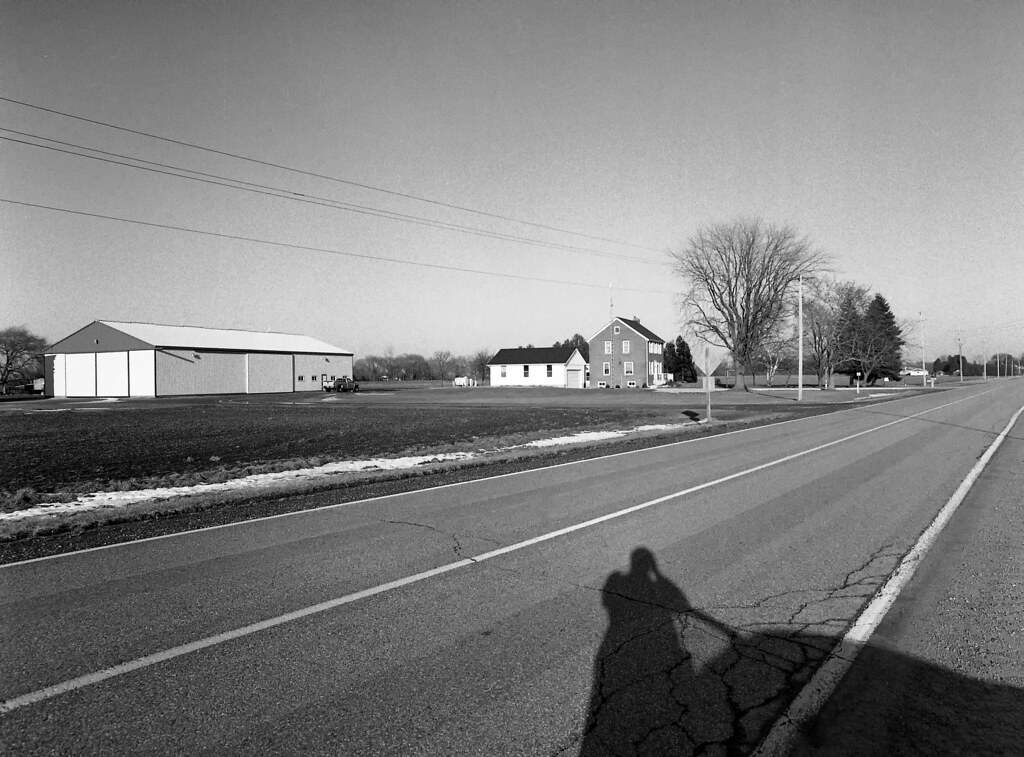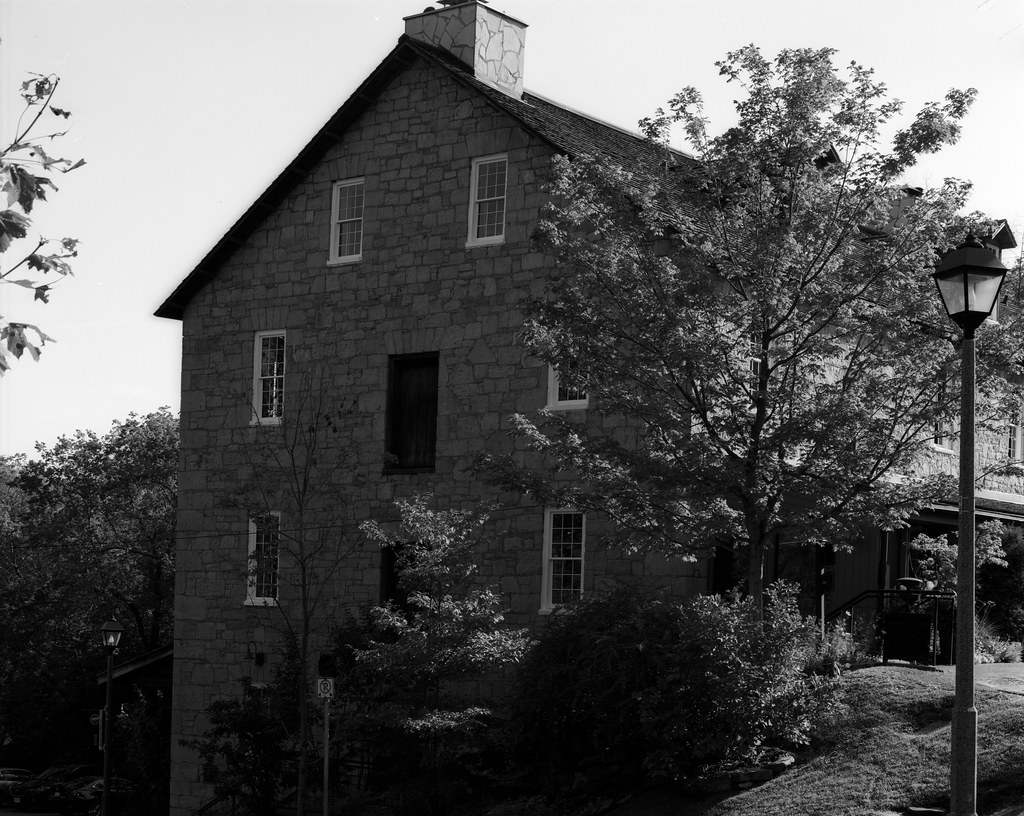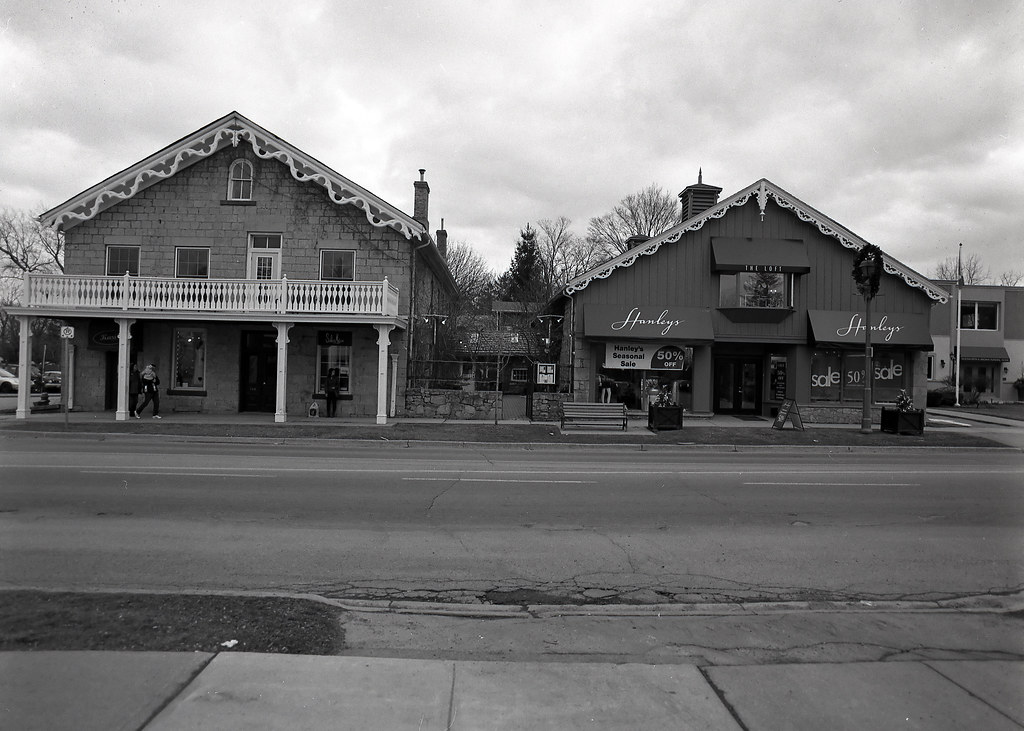When the United States of America declared war on the British Empire, they knew they could not go toe to toe with the might of the British Navy. Instead, they invaded the closest British held territory, Upper, and Lower Canada. Not all the citizens in the British-controlled colony were on the side of the Empire, many in fact supported the American invasion and wanted to see the British influences in North America removed. Some left Upper Canada for the USA, and some others chose to help the Americans on the Canadian side of the border. Most citizens of Upper Canada supported the British Forces, many fought to defend Upper Canada, joining the Incorporated Canadian Militia, but in November and December of 1813, a few raids by British Regulars and Militia discovered a group of raiders that had been preying on Upper Canada in Chatham, Ontario. Many were American citizens sent to cause havoc in the British-held territory, but there were several British Citizens among those captured.

Pentax 645 – SMC Pentax A 645 35mm 1:3.5 – Kodak Tri-X 400 – Kodak HC-110 Dil. E 6:30 @ 20C
These men were arrested and charged with treason, fifteen in all; they joined four more men in York (Modern Day Toronto), then the capital of Upper Canada to await trial. Chief Justice William Scott presided over the trails supported by two other judges, William Dummer Powell and William Campbell. The court opened on May 23rd, 1814, with charges read against the nineteen captured men and fifty more still at large. The colonial government realized that the only place in Upper Canada capable of holding these trials was Ancaster, Ontario.

Pacemaker Crown Graphic – Schneider-Kreuznach Symmar-S 1:5.6/210 – Rollei RPX 25 Pyrocat-HD (1+1+100) – 12:00 @ 20C
The small town was the only one with building large enough to hold the crowds that the trials would ultimately attract. The building chosen was the Old Stone Hotel, during the trials it was known as the Rousseau Hotel. The trials lasted from June 7th to the 21st, 1814, and saw fourteen of the nineteen captured found guilty either through their admittance or evidence presented to the court. The sentencing of the men found guilty was delayed until July 20th to allow them, if they wished to seek Royal Mercy.

Pentax 645 – SMC Pentax A 645 35mm 1:3.5 – Kodak Tri-X 400 – Old School Photolab
For the fourteen convicted seven were sentenced to death and were sent to The Heights and hanged. The remaining seven were sent to prison and began the long journey to Kingston. They attempted to escape the night of July 31st, 1814 and never made it too far. Three died of typhoid in 1815 the remaining four were given pardons on the condition of exile.

Nikon F5 – AF Nikkor 50mm 1:1.4D – Ilford HP5+ – Kodak Microdol-X (Stock) 11:00 @ 20C
Written with files from:
Guidebook to the Historic Sites of the War of 1812 Second Edition by Gilbert Collins – 2006 The Dundurn Group Publishers
Web: http://www.thecanadianencyclopedia.com/articles/ancaster
Web: http://www.corvalliscommunitypages.com/Americas/hudsonbay_canada/ancaster_bloody_assize_of_1815.htm